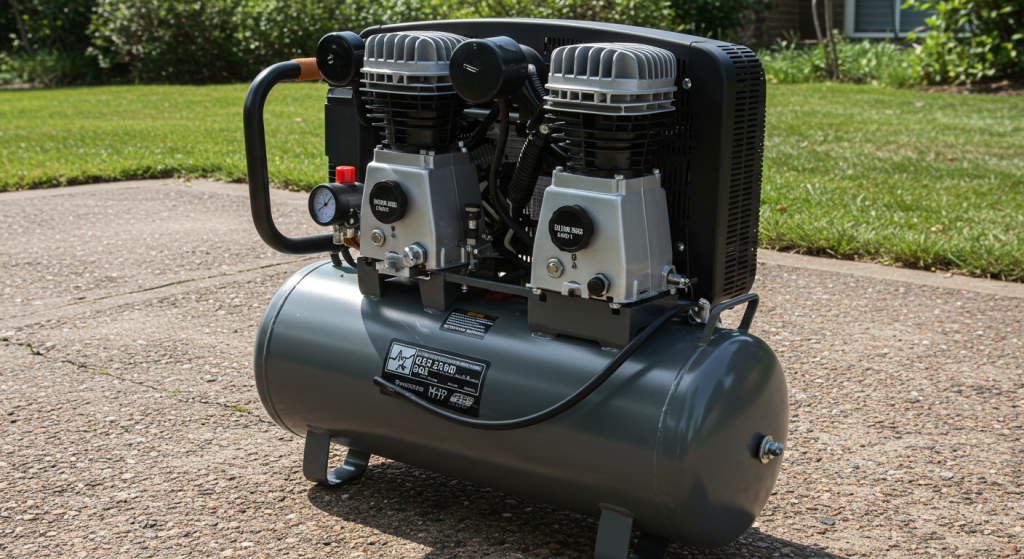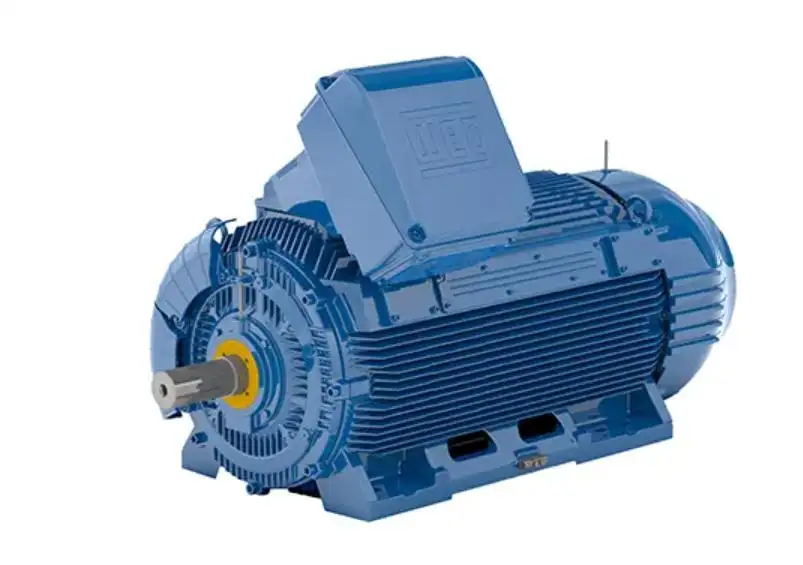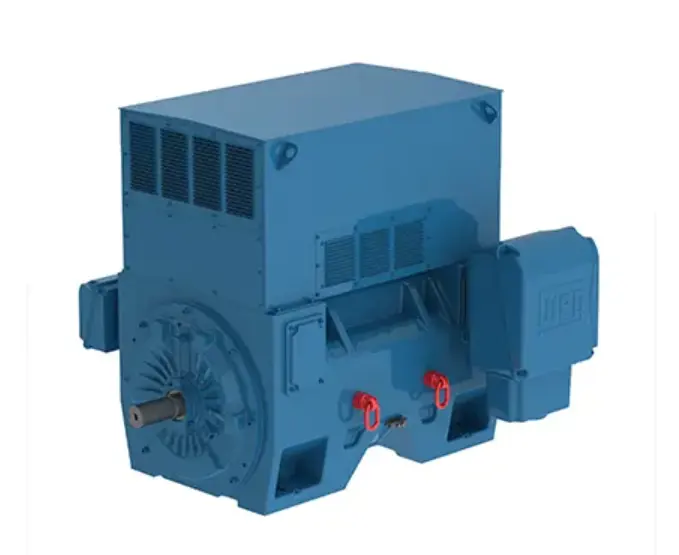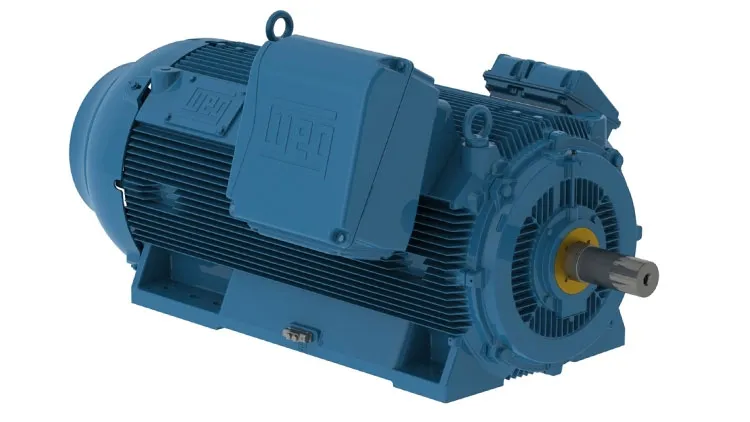A Complete Guide to Picking the Right Compressor
What type of air compressor? Choosing the right air compressor can feel tougher than it looks. With lots of models and random tasks people use them for, the options pile up fast. Whether you tinker in a home workshop, run a busy factory, or buy tools for a crew, this easy guide slices through the clutter and points you toward the machine that matches your job.
Understand the Core Compressor Types
Before you dive into technical numbers or brand talk, first learn the four main compressor styles. Each one works in its way and shines in a specific setting. Here is a quick look at the groups you will bump into:
Reciprocating (Piston) Compressors
These solid workhorses are probably the compressors you see most in garages and small shops. Inside, a piston driven by a crankshaft forces air into a tank and seals it at a higher pressure.
• Single-stage piston model: squeezes the air in one full stroke and is perfect for light tasks like blowing dust off tools or firing a nail gun.
• Two-stage version: compresses the air twice, creating extra PSI, so it can power paint booths and tougher factory machines.
Rotary Screw Compressors
Rotary screw packs air between two spinning drums and never lets up. That means smooth, high-pressure air minute after minute with little noise and none of the thump-thump on-off rhythm found in pistons.
Oil-lubed: Built for punishing shifts.
Oil-free: Clean air for food, med, and similar shops.
Pros: Steady air flow, quiet operation.
Best for: Factory floors, production lines.
Scroll Air Compressor
Scroll models pinch air between two spiral plates, running smoothly, silently, and coolly. With few parts to wear out, they often live longer than most compressors.
Pros: Near-silent, small, some are oil-free.
Best for: Dental offices, electronics labs, and test facilities.
Diaphragm Air Compressor
Instead of a piston rod, a flexible membrane moves up and down, sucking and squeezing air cleanly. That design keeps oil far away from the output stream.
Pros: Pure, oil-free output.
Best for: Medical gear, drug plants, gas testing.
Centrifugal Air Compressor
A centrifugal air compressor is a high-speed unit that spins metal impellers so fast, air is thrown outward, compressed, and the delivered pressure climbs quickly, and many versions run without oil.
Pros: Huge volumes of air with zero oil mist.
Best for: Chemical plants, power stations, and oil refineries.

Portable Vs. Stationary Air Compressors
Air compressors also come in two big flavors: portable units you can haul to a job and stationary machines that stay put.
Portable air compressors: Light enough to slide into a trunk yet tough enough to power nail guns, sprayers, and small tools all day.
Stationary air compressors: Bolted to the floor, hooked to a big storage tank, and ready to run whole shifts without breaking a sweat.
Use case: Grab a portable for weekend DIY or roadside repairs, and keep a stationary workhorse in a factory or busy shop.
Choose the Right Air Compressor By Application
Now that the main types are clear, the next step is picking the right one for your actual job. Run through these quick pointers, and you should land the compressor that fits your needs without overkill.
Air Compressor for Home Use
For home projects, search for a low-profile machine that hums quietly yet puts out steady air at moderate PSI.
Air Compressor for the Garage
If you run an impact gun or blow up bike tires regularly, check both tank volume and top PSI.
Air Compressor for Industrial Use
In a plant, machines need gear that endures. Look for a rugged package that runs cool and services easily.
Industrial Work that Runs All Day
When air has to flow nonstop, you need a model that shrugs off overtime.
Air Work, Like Painting or Plasma Cutting
Spraying paint or cutting metal calls for steady pressure and endless airflow.
Air Supply for Woodworking and Nail Guns
Clean air and steady flow matter here. Oil-free machines deliver both without fuss.
Specs That Matter for Your Tools
CFM (Cubic Feet per Minute)
CFM tells you how much air flows out every minute. Always match that number to what your tool needs.
- Light work: 2 to 5 CFM
- Medium work: 6 to 10 CFM
- Heavy work: 11 CFM or higher
PSI (Pounds per Square Inch)
PSI shows pressure power. Most common tools run best between 90 and 150 PSI.
Horsepower (HP)
Don’t chase big HP by itself- it only matters when paired with the right PSI and CFM.
- Home tasks: 1 to 3 HP
- Shop or garage work: 3 to 5 HP
- Industrial jobs: 5 HP and up
Tank Size
A bigger tank holds more air, cuts run time, and lets the motor cool. Look for size in gallons or liters.
- Home projects: 1 to 6 gallons
- Garage or shop work: 10 to 30 gallons
- Heavy industry: 60 gallons or more
Quick Air Compressor Buying Guide
Identify Your Job
Start by thinking about what you’re doing. Fixing doors, cleaning cars, painting trim, or running a shop all require different grunt. A nail gun sips air, but a sand blaster or angle grinder drinks it fast.
Pick the Right Type
Know the main compressor families:
Piston (Reciprocating): Ideal for home projects that start and stop all day.
Rotary Screw: Tough enough for factory shifts that never quit.
Scroll or Diaphragm: Super quiet, oil-free gear for labs or hospitals
Check the Numbers
CFM (Cubic Feet per Minute): Tells how much air comes out
PSI (Pounds per Square Inch): Shows how hard the air pushes.
Horsepower (HP): Indicates motor power, plain and simple.
Tank Size: Bigger tanks hold more air and keep the flow steady.
Go Quiet and Green
In a calm shop, choose a low-noise or oil-free unit. Energy-smart models slash both sound and power bills, so always look for that seal.
Match Voltage and Portability
Most home users grab 110V, lightweight units, while factories plug big, stationary 220V compressors into heavy circuits.
Conclusion
VIBRANT Machinery Co., Ltd., a leading manufacturer and exporter in the field of air compression technology, takes pride in its proficiency in the design, development, and manufacturing of high-quality air compressors.









